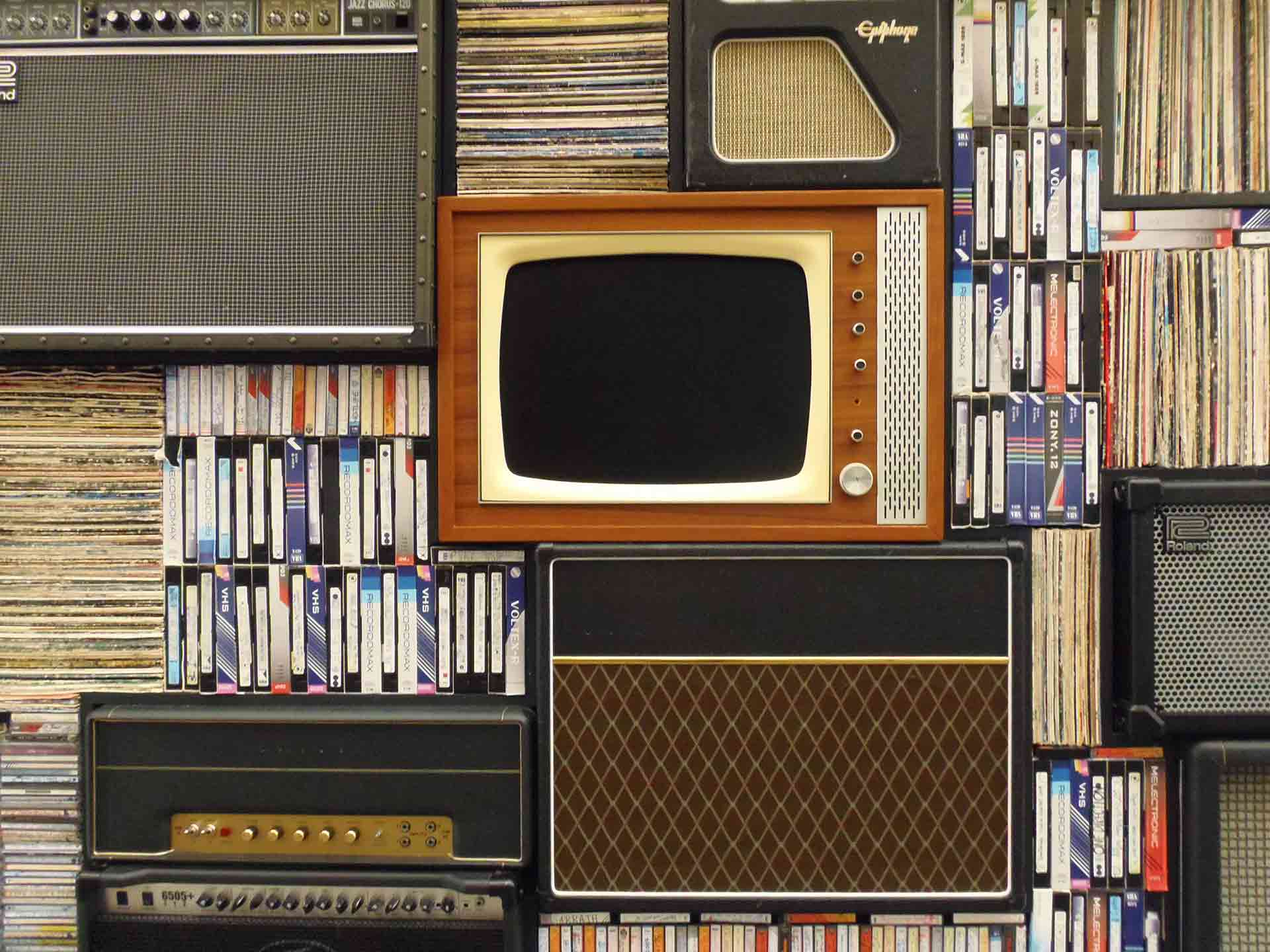
For profit or not, artists need tech designed for artists
By Adam Huttler
In Technology Isn’t Magic. Let’s Make It Work Better for Artists and Musicians, Kevin Erickson and Jean Cook from the Future of Music Coalition offer some smart observations about the roles – both positive and negative – that technology can play in our field. Refreshingly, they avoid the all-too-common trap of anthropomorphizing new technologies as moral agents. BitTorrent is no more inherently righteous or evil than a toaster is; what matters is how the technology is used.
So how should we be using technology to ensure that it has a positive impact on the lives and work of artists? Erickson and Cook argue for increased investment in “artist-centered” technology infrastructure. This framing is critical and, I believe, correct. Where my own view starts to diverge from theirs, however, is in defining the factors that make a platform or service artist-centered. When technology fails to serve artists, it isn’t because of the provider’s tax status; it’s because the technology was never designed to serve artists in the first place.
Erickson and Cook emphasize a few elements:
- Non-profit organizations should own and drive the development of technology services
- Attention must be paid to power disparities and how technology amplifies or mitigates them
- Artists must be involved in the design process from the earliest stages.
While none of this is wrong, per se, I’d like to offer a simpler framework. An artist-centered technology platform is one that makes artists its customers.
That’s it. As counterintuitive as it may seem, this single factor is both necessary and sufficient to ensure that a service supports and empowers artists, rather than exploits them for profit. When the artist is the customer, she ends up having agency in controlling and directing her own work, and it is her brand that accrues equity as a result of her success, not that of the platform. By contrast, when we consider consumers, advertisers or other third-parties to be our customers, then artists are inevitably treated as products or (worse) commodity inputs.
To illustrate, I’ll offer a brazenly self-serving example. Consider two ticketing platforms: Artful.ly and Telecharge. Fractured Atlas designed Artful.ly from day one to treat the artist, not the ticket buyer, as the customer. Telecharge is a traditional consumer-oriented ticket portal. Artful.ly allows users to sell tickets on their own websites; Telecharge drives traffic to a central, branded portal. Artful.ly makes itself invisible during the purchase process, putting the artist’s identity front-and-center; Telecharge presents itself as a consumer-facing brand. Artful.ly users own their audience data and can export it for free at any time; Telecharge retains all audience data and provides a limited subset of it to event producers. These are just a few of many examples; in truth, this one design principle pervades nearly every aspect of both platforms.
In contrast, the factors identified by Erickson and Cook are meaningful, but not essential. We can all stand to be more conscious of how power disparities contribute to inequality, and it’s never a bad idea to involve end-users in the design of a product. The only really problematic criterion is the question of non-profit vs. for-profit provenance — we must resist ascribing morality to a tax status!
The authors point out several for-profit, non-artist-centered platforms, such as Apple Music, Spotify and Facebook. Yet there are plenty of counter-examples of for-profit technology tools that do put the artist in the center – typically by treating her as the customer to be served. To stick with the music industry, consider CD Baby, which essentially allows independent musicians to serve as their own record labels. It charges them setup fees and takes a cut of sales, but puts them in control of their own catalogs and pays them both the artist’s and the label’s share of royalties. There are countless examples from elsewhere in the arts – digital cameras, graphic design software, film editing tools, some (but not all) crowdfunding platforms.
At the same time, many non-profit efforts fail to heed this principle. I’ll avoid calling out specific peers, but suffice it to say that non-profit initiatives sometimes put the needs and desires of third-party funders ahead of those of artists. The times when I’ve badly misstepped on Artful.ly and other projects have invariably been when I’ve fallen into this trap.
Technology innovation is hurdling onward, propelling us into the future at an ever-accelerating pace. The dangers that Erickson and Cook identify are real. We may yet find ourselves in a dystopian landscape where a handful of mega-corporations control all media consumption and treat artists as just another exploitable resource. This vision is hardly inevitable, however. If we are smart and intentional in our use and design of technology systems, we can just as easily put artists and creators in the driver’s seat. The good news is that the essential principle – make the artist the customer and emphasize her needs above other stakeholders’ – is remarkably easy to identify and equally easy to follow.
Adam Huttler is the founder and Executive Director of Fractured Atlas, a nonprofit technology company for artists. Follow him on Twitter @adamthehutt.
Photo by Tracy Thomas via Unsplash / Creative Commons.

4 thoughts on “For profit or not, artists need tech designed for artists”